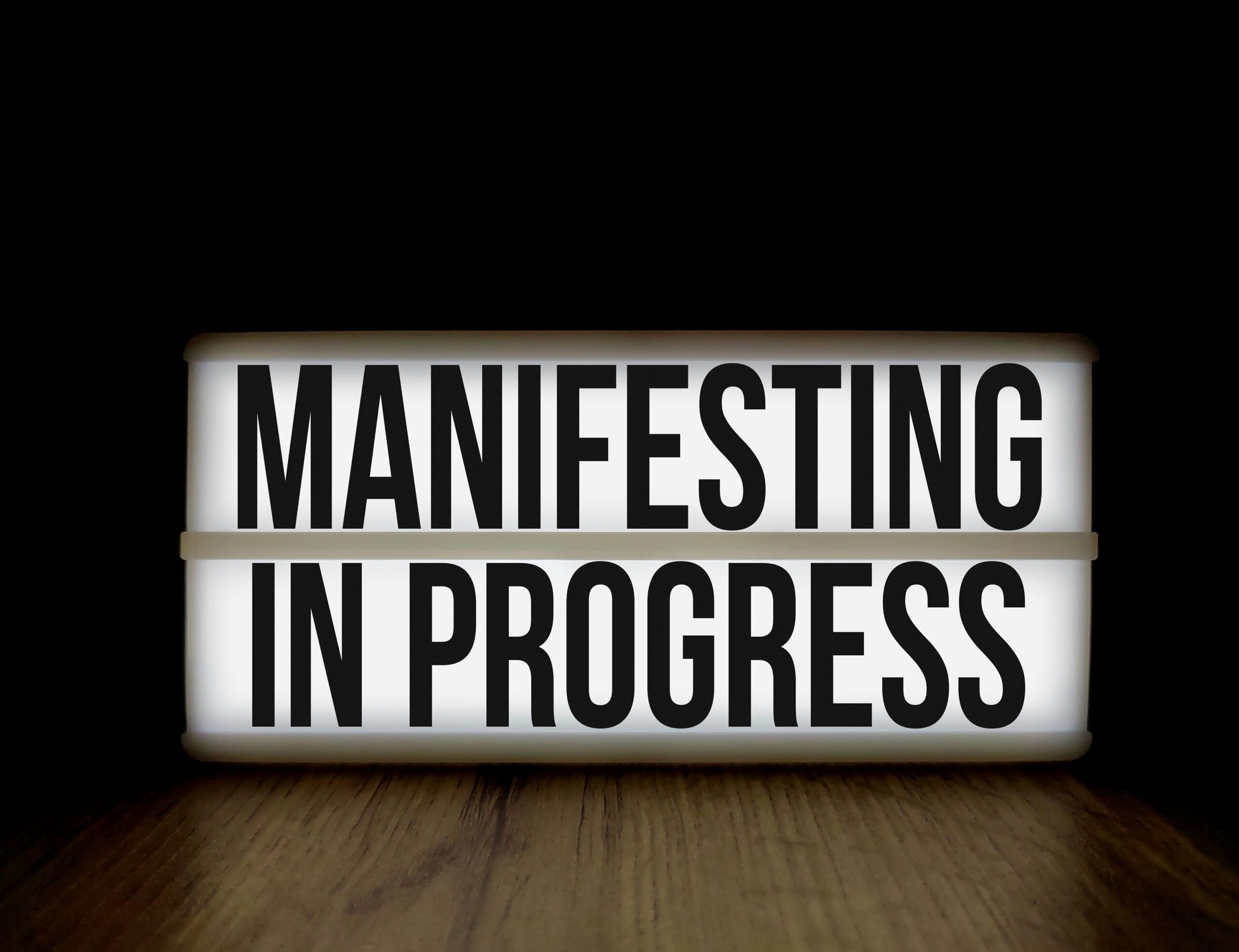Success isn’t born from occasional bursts of motivation—it’s forged through consistent, high-performance habits that compound over time into remarkable achievements.
In today’s fast-paced world, everyone seeks the secret formula to unlock their full potential. The truth is, there’s no magic pill or overnight transformation. What separates high achievers from everyone else isn’t talent, luck, or circumstance—it’s their unwavering commitment to daily practices that drive excellence. These high-performance habits become the foundation upon which extraordinary lives are built.
Understanding how to cultivate and maintain these habits with consistency transforms not just what you accomplish, but who you become in the process. This journey toward mastering high-performance habits requires intention, strategy, and a deep commitment to showing up even when motivation wanes.
🎯 The Science Behind High-Performance Habits
Research in neuroscience reveals that habits account for approximately 40% of our daily behaviors. When you perform an action repeatedly, your brain creates neural pathways that make that behavior increasingly automatic. This neuroplasticity is your greatest ally in building high-performance habits that stick.
Dr. Wendy Wood, a leading researcher in habit formation, discovered that consistency in context—performing behaviors in the same environment at similar times—accelerates habit development. Your brain loves patterns, and when you leverage this biological preference, you reduce the mental energy required to maintain productive behaviors.
The basal ganglia, a region deep within your brain, stores habit patterns and triggers them automatically when environmental cues appear. This means that once a high-performance habit becomes truly ingrained, it requires minimal willpower to execute. You’re essentially reprogramming your autopilot system for success.
Building Your Foundation: The Core High-Performance Habits
Not all habits carry equal weight. Certain keystone habits create ripple effects across multiple areas of your life, making them particularly valuable to develop first. These foundational practices set the stage for comprehensive personal transformation.
Morning Rituals That Set the Tone
How you begin your day largely determines how the rest unfolds. High performers across industries share remarkably similar morning routines that prime their minds and bodies for peak performance. These rituals aren’t about waking at 4 AM—they’re about intentional practices that align with your personal rhythms and goals.
Consider implementing a morning routine that includes physical movement, even if just 10 minutes of stretching or a brief walk. This increases blood flow to your brain, elevates mood-boosting neurotransmitters, and signals to your body that you’re ready for action. Follow this with a mindfulness practice—meditation, journaling, or simply sitting quietly with your thoughts for five minutes.
Nutrition matters profoundly during these early hours. Rather than reaching for sugary cereals or skipping breakfast entirely, fuel yourself with protein and healthy fats that provide sustained energy. Hydration is equally critical; your body has gone hours without water, and even mild dehydration impairs cognitive function.
Strategic Energy Management Over Time Management ⚡
Traditional time management focuses on cramming more activities into your schedule. High performers think differently—they manage energy, not just time. Your cognitive resources fluctuate throughout the day in predictable patterns, and aligning demanding tasks with peak energy windows dramatically improves outcomes.
Most people experience peak cognitive performance within two to four hours of waking. This golden window is ideal for deep work—complex problem-solving, creative thinking, strategic planning, or any task requiring sustained concentration. Protect this time fiercely from meetings, emails, and interruptions.
Schedule administrative tasks, routine communications, and less demanding activities during your natural energy dips. Use techniques like the Pomodoro method during these periods to maintain focus despite lower energy levels. Remember that breaks aren’t laziness—they’re essential for maintaining high performance throughout the day.
The Consistency Framework: Making Habits Stick
Knowing what habits to build is only half the equation. The real challenge lies in maintaining consistency long enough for those habits to become automatic. This requires a systematic approach that accounts for human psychology and the inevitable obstacles that arise.
The Two-Day Rule
Matt D’Avella, a productivity expert, popularized a simple yet powerful principle: never skip your habit two days in a row. This rule acknowledges reality—life happens, circumstances interfere, and occasionally you’ll miss a day. That’s acceptable. What breaks momentum is the second consecutive miss, which often spirals into complete habit abandonment.
When you miss a day, your next day becomes critical. Treat it as non-negotiable, even if you can only execute a minimal version of your habit. Did a 30-minute workout? A 5-minute session counts. Couldn’t complete your full morning routine? Do one element. These “minimum viable efforts” maintain the neural pathways and psychological momentum essential for long-term consistency.
Environment Design: Making Good Habits Inevitable
Your environment constantly influences your behavior, often without conscious awareness. High performers deliberately design their surroundings to make desired behaviors easier and undesired behaviors harder. This concept, called choice architecture, reduces reliance on willpower—a finite resource.
If you want to exercise consistently, lay out your workout clothes the night before. Place them where you’ll literally trip over them in the morning. Want to read more? Position books throughout your home and remove distracting alternatives like hiding your TV remote. Planning to eat healthier? Prep nutritious meals in advance and eliminate junk food from your pantry.
The inverse applies equally: increase friction for bad habits. Delete social media apps from your phone, requiring intentional reinstallation to access them. Store your credit cards in inconvenient locations to reduce impulse purchases. Add a website blocker to your computer during work hours to prevent mindless browsing.
📊 Tracking Progress Without Obsession
What gets measured gets managed, but excessive tracking can become counterproductive. The goal is awareness and accountability, not neurotic fixation on metrics. Find the balance that provides useful feedback without consuming mental energy better spent on actual performance.
Habit tracking apps can provide valuable visual reinforcement through streak counters and progress charts. The satisfaction of marking a habit complete triggers a small dopamine release, creating positive reinforcement. However, resist the temptation to track everything—focus on 3-5 key habits that drive the most significant results.
Consider weekly reviews rather than daily obsession over metrics. Set aside 15 minutes each Sunday to reflect on what worked, what didn’t, and what adjustments might improve the coming week. This meta-level analysis helps you identify patterns and make strategic modifications to your systems.
Overcoming the Inevitable Obstacles
Everyone faces challenges when building new habits. Anticipating common obstacles and preparing response strategies dramatically increases your success probability. These aren’t failures—they’re predictable parts of the process requiring planned solutions.
The Motivation Myth
Waiting for motivation is a trap that keeps most people from achieving consistency. Motivation is unreliable—it fluctuates based on mood, circumstances, energy levels, and countless other factors. High performers understand that action creates motivation more often than motivation creates action.
Start with ridiculously small commitments when motivation is low. Tell yourself you’ll just put on your running shoes, not necessarily run. You’ll open your laptop and work for just five minutes, not necessarily complete the project. Often, starting is the hardest part, and momentum carries you forward once you begin.
Dealing with Disruption and Travel
Routine disruptions—vacations, business trips, illness, family emergencies—test habit consistency. Rather than abandoning habits entirely during these periods, develop portable versions that work in any context. Can’t access your gym? Bodyweight exercises work anywhere. No time for your full morning routine? Execute a condensed 5-minute version.
View disruptions as opportunities to prove your habits’ resilience rather than excuses for abandonment. The most powerful habits are those that adapt to circumstances while maintaining core principles. Flexibility within structure is the hallmark of sustainable high performance.
🚀 Compound Effects: The Long Game of Consistency
Small improvements compound into extraordinary results over time, but this requires patience in an instant-gratification culture. James Clear, author of Atomic Habits, illustrates this with a powerful example: improving just 1% daily results in being 37 times better after one year due to compound growth.
The challenge is that compound effects remain invisible for extended periods. You might exercise consistently for weeks without dramatic physical changes. You could read daily for months before noticing significant knowledge accumulation. This “valley of disappointment”—the gap between expected and actual results—is where most people quit.
Understanding this predictable pattern helps you persist through plateaus. Set process goals rather than outcome goals. Instead of “lose 20 pounds,” commit to “exercise four times weekly.” You control the process; outcomes follow inevitably with sufficient consistency. Trust the mathematics of compound growth even when immediate results aren’t visible.
Social Accountability and Community Support
Humans are inherently social creatures, and leveraging this tendency accelerates habit formation. When others know about your commitments, you’re more likely to follow through due to social pressure and external accountability. This doesn’t mean broadcasting every goal on social media—it means strategic sharing with the right people.
Find an accountability partner pursuing similar goals. Schedule weekly check-ins where you both report progress, discuss challenges, and strategize solutions. The simple act of knowing someone will ask about your habits significantly increases follow-through rates. Choose someone who balances support with honest feedback.
Join communities aligned with your goals, whether online forums, local meetup groups, or professional organizations. Surrounding yourself with people embodying the habits you’re building normalizes those behaviors and provides role models, resources, and encouragement during difficult periods.
Advanced Strategies: Habit Stacking and Batch Processing
Once you’ve established foundational habits, optimize efficiency through strategic combinations. Habit stacking involves linking a new habit to an existing one, using the established behavior as a trigger for the new practice. This leverages existing neural pathways to accelerate adoption.
For example: “After I pour my morning coffee, I will write three things I’m grateful for.” The coffee ritual becomes the automatic trigger for gratitude practice. Or “After I close my laptop at workday’s end, I will write three priority tasks for tomorrow.” The established behavior (closing laptop) cues the new habit (planning tomorrow).
Batch processing groups similar tasks together, reducing the mental switching costs between activities. Designate specific times for checking email rather than constantly monitoring your inbox. Schedule all meetings on particular days, preserving other days for deep work. Prepare multiple meals simultaneously rather than cooking repeatedly throughout the week.
💡 Personalization: Your Unique High-Performance Formula
Cookie-cutter approaches rarely work because individual differences in personality, circumstances, energy patterns, and goals require customized strategies. What works brilliantly for one person might fail spectacularly for another. The key is experimenting systematically to discover your personal high-performance formula.
Are you naturally a morning person or night owl? Your chronotype should influence when you schedule demanding tasks. Do you thrive on variety or consistency? Structure your routines accordingly. Do you respond better to rewards or consequences? Design accountability systems matching your motivational drivers.
Test variables systematically rather than changing everything simultaneously. Modify one element at a time, observe results for at least two weeks, then evaluate before making additional changes. This scientific approach to self-optimization yields reliable insights about what truly works for your unique situation.
The Identity Shift: Becoming Rather Than Doing
The most profound level of habit change involves identity transformation. Rather than focusing solely on outcomes or processes, high performers adopt identities aligned with their goals. They don’t just exercise—they are athletes. They don’t just write—they are writers. This subtle shift creates powerful psychological alignment.
Every action you take is a vote for the type of person you wish to become. Each workout reinforces your identity as someone who prioritizes health. Each productive work session strengthens your identity as a disciplined professional. These micro-votes accumulate into compelling self-evidence that reshapes how you see yourself.
Start with identity-based goals: “I am becoming someone who…” rather than “I want to…” This language implies ongoing transformation rather than distant aspiration. It acknowledges that change is already occurring, not something future-dependent. This present-tense identity claim influences current behavior more powerfully than distant outcome goals.
Sustaining Peak Performance Without Burnout
High performance doesn’t mean constant intensity. Sustainable excellence requires intentional recovery, strategic rest, and periodic reassessment of priorities. The most successful people understand that rest isn’t the opposite of productivity—it’s an essential component of it.
Build recovery rituals with the same intentionality you apply to productive habits. Schedule genuine downtime where you disconnect from work completely. Protect your sleep as non-negotiable—it’s the foundation supporting all other performance. Incorporate activities that replenish rather than deplete you, whether that’s nature walks, creative hobbies, or quality time with loved ones.
Conduct quarterly reviews of your habits and goals. Are your current practices still serving your evolving objectives? Have any habits become obsolete or counterproductive? Grant yourself permission to eliminate, modify, or replace habits as circumstances change. Flexibility and periodic recalibration prevent stagnation and maintain relevance.

Creating Your Personal High-Performance Blueprint 🎨
Armed with these principles and strategies, you’re ready to design your customized high-performance system. Begin by identifying 3-5 keystone habits offering maximum impact for your specific goals. Resist the temptation to transform everything simultaneously—focused consistency on a few habits beats scattered attempts at comprehensive change.
Document your commitments clearly, including specific behaviors, triggers, frequencies, and success criteria. Vague intentions like “exercise more” fail predictably; precise commitments like “20-minute bodyweight workout at 6:30 AM Monday, Wednesday, Friday” succeed. Clarity eliminates ambiguity and decision fatigue.
Design your environment, establish tracking systems, identify potential obstacles and solutions, recruit accountability support, and schedule your first weekly review. Then begin—not perfectly, but consistently. Remember that building high-performance habits is a practice, not a destination. Each day offers fresh opportunities to show up, execute your systems, and vote for the person you’re becoming.
The path to unlocking success through high-performance habits isn’t complicated, but it demands commitment. Small actions repeated consistently create extraordinary results over time. Your future self—the one achieving remarkable things with apparent ease—is built through the seemingly mundane choices you make today. Start now, stay consistent, and trust the process. Your breakthrough awaits on the other side of persistent daily action.
Toni Santos is a personal growth strategist and wealth alignment researcher dedicated to helping people connect mindset, habits, and money with purpose. With a focus on abundance psychology and intentional living, Toni explores how beliefs, behavior, and clarity turn goals into sustainable prosperity. Fascinated by financial psychology and high-performance routines, Toni’s journey bridges coaching, behavioral science, and practical frameworks. Each guide he shares is an invitation to design a life by intention—where daily actions align with values, and values align with long-term wealth. Blending mindset work, habit design, and evidence-based strategy, Toni studies how identity shifts, focus systems, and disciplined execution create compounding results. His work champions the idea that true abundance is built from the inside out—through awareness, alignment, and consistent action. His work is a tribute to: An abundance mindset grounded in gratitude, vision, and responsibility Financial psychology that transforms behavior into smart decisions Goal-oriented living powered by clear systems and repeatable habits Whether you’re redefining success, aligning money with meaning, or building habits that last, Toni Santos invites you to grow with intention—one belief, one plan, one aligned step at a time.




